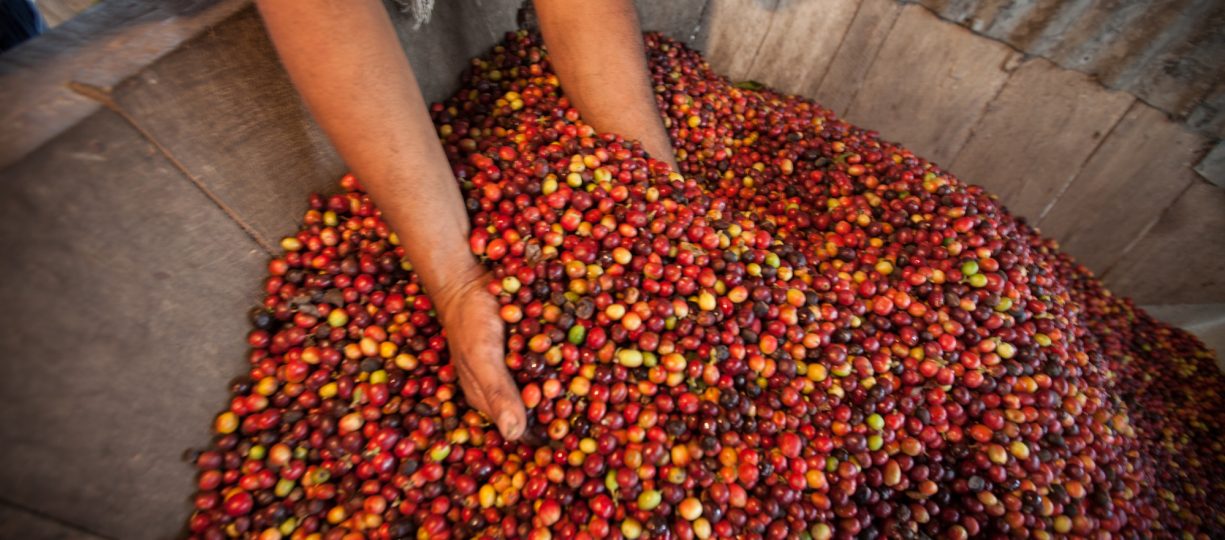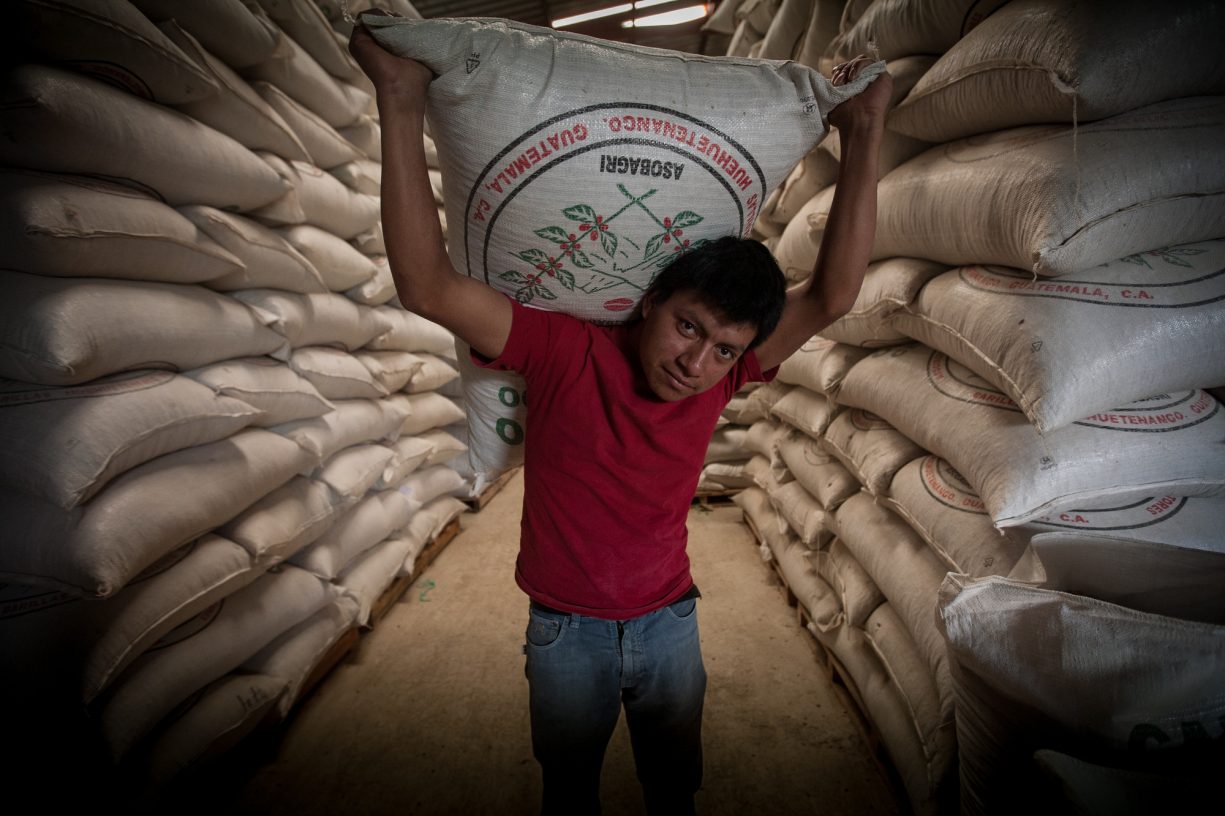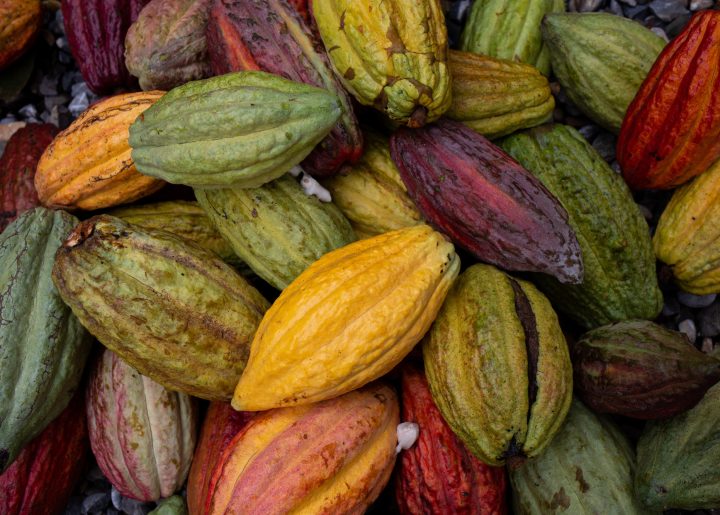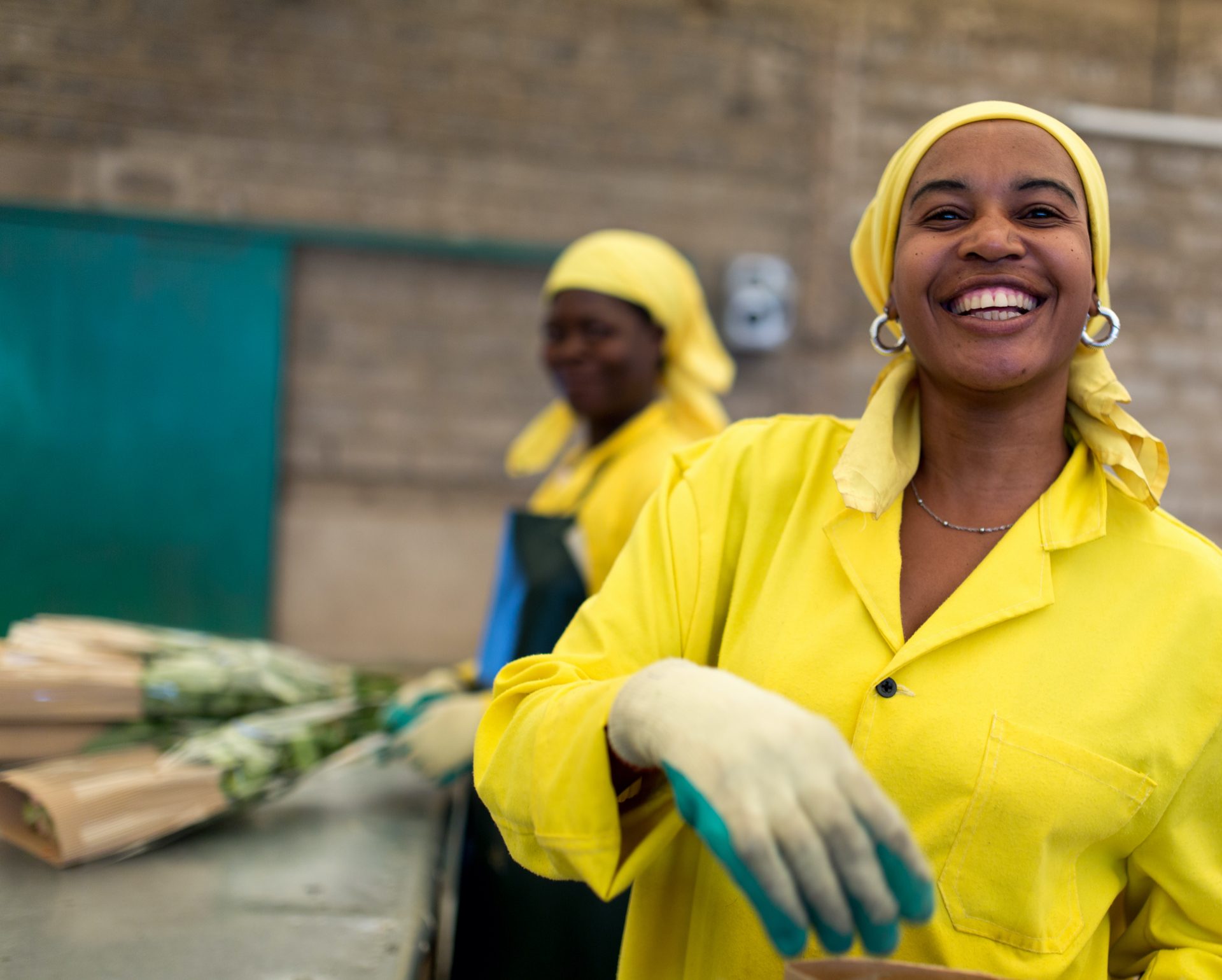We love coffee. Are we willing to pay the price?

How much is coffee worth to you?
All signs point to major disruptions in the flow of coffee over the next few decades. The accelerating effects of climate change, decreased soil fertility coupled with rising costs of fertilizer and other inputs, competition for natural resources and an aging farming population all seem like complex problems that the average shopper can’t fix.
However, one key factor that is harming the future of coffee is well within the reach of every coffee drinker – price.
Coffee is booming – but farmers are earning less than a dollar per pound for their beans.
The global coffee industry is undergoing an unprecedented price crisis that is mostly unknown to those outside the complicated supply chains that bring coffee from field to cup. The price of coffee changes an average of every three minutes. Usually the volatility in coffee pricing is due to weather events in a producing country, fluctuations in currency valuations or the basic dynamics of supply and demand.
The current price crisis, however, is almost a perfect storm of conditions, including global oversupply and the increased activity of hedge funds, that have led to a truly unsustainable situation. According to a recently published market report from leading exporter Volcafe, nearly 61 percent of producers are selling their coffee at prices under the cost of production.
In effect, coffee farmers are now subsidizing the growth of the global coffee market.
And that market continues to grow. A recent period of accelerated consolidation in the coffee market means that more than 80 percent of global sales are now attributed to just three multinational corporations. The growing popularity of coffee pods and capsules have pushed greater value to roasters and brands with very little making its way back to the farmers. While the global coffee industry now generates more than $200 billion per year, the average farmer’s income has not changed in the past 20 years – or has actually declined when taking into account higher farming costs.
Apart from the obvious economic implications of low prices for coffee farming families, there are significant ripple effects: increased child and forced labor, decreased environmental stewardship, food insecurity, increasing rates of emigration and lower coffee quality. Farmers unable to meet their basic costs of production can’t invest in the necessary farm renovations or meticulous processing methods that can ensure a consistent supply of quality coffee, which further hurts their sales. This cycle of poverty is driving away both present and future generations of coffee farmers – a dynamic we need to address if coffee is to survive as a viable business.

If, like me, you would like a future with coffee in it, the obvious question is: what are you prepared to pay so that coffee farmers earn a living income?
A living income is the amount a household needs to support a decent standard of living, covering basic housing, food, healthcare, education, transportation and a bit extra for unexpected expenses. The cost of a decent living depends on household size and location. For farmers, it’s the net income that matters, since they also have to cover their farm expenses before taking anything home for the household.
For example, a recent study by Andersen and Anker estimated a living income for a four-person household in northern Colombia at around $10,000 per year, which works out to just under $7 per person per day.
So how do we get there?
At Fairtrade, our living income strategy includes increasing farm productivity and selling more of that coffee on Fairtrade terms. But the most important factor is price. It is simply not possible to ask farmers to grow their way out of poverty at current price levels.
Let’s imagine that four-person household as coffee farmers in the Sierra Nevada de Santa Marta in Colombia, working on four hectares of land. Even with a decent annual yield of 1,500 kilos (approximately 3307 lbs.) of parchment coffee, the household produces at a loss at the current market price of less than a dollar per pound. The price would have to reach $1.40 per pound in order to lift the household above the poverty line, which itself is only just a little over a third of a living income.
Fairtrade is the only global sustainability label that guarantees a minimum price for coffee. Fairtrade certified coffee cooperatives currently earn the Fairtrade Minimum Price of $1.40 per pound – about 40 percent more than the current market price – or $1.70 per pound organic. On top of that, they earn $0.20 per pound in Fairtrade Premium, of which at least 25 percent is invested in productivity and quality initiatives. Co-ops invest the rest in projects of their choice, ranging from processing facilities to community healthcare. Fairtrade coffee producers earned more than $94 million in Premium in 2017.
But it’s still not enough.
According to our preliminary estimates – which I shared at the 2019 International Coffee Congress on Sustainability in Berlin – the export price would have to be around $2.00 per pound for our four-person farming household in Colombia to earn a living income, assuming a high but achievable level of productivity.
That’s double the current market price, and 43 percent more than the current Fairtrade Minimum Price.
Our call to action: Start by paying more for coffee. But don’t stop there.
We urgently need the entire coffee sector, as well as coffee lovers, to face up to this crisis. We can’t go on pretending that business as usual can continue.
As a first step, major coffee companies have to step up and pay a fair price for their beans. Fairtrade is reviewing our coffee standard this year, and at the same time we will be determining more precise benchmarks to establish what we call ‘living income reference prices’ for coffee producing countries. We’ll use this information to look at how we can move towards a price that supports a living income – but we can’t do it alone. Significantly raising the Fairtrade Minimum Price without the rest of the sector coming along risks Fairtrade farmers losing sales and being in a worse position. Everyone has a role to play, including shoppers who can show their support by buying Fairtrade and insisting on a fairer deal for coffee farmers.
Second, farmers need support to improve their yields and quality in a sustainable way. This requires investment, for instance to replant aging plots with pest-resistant coffee varieties, or to build drying facilities. The Fairtrade Premium provides funding for such investment, but consumers need to create the demand so certified farmers can sell all of their crop on Fairtrade terms, and thus maximize this benefit.
Third, committed companies can work with Fairtrade to develop projects which help towards a living income, such as increasing coffee quality and improving farm efficiency, as well as testing voluntary price top-ups to move closer to a living income reference price.
Finally, governments must put pressure on companies to move towards more sustainable supply chains, including fair prices paid to farmers. For instance, advocates are calling on the German government to drop its ‘coffee tax’ for sustainably produced coffee. Governments can also change their own procurement contracts to support sustainable buying decisions, not just lowest price. Fairtrade provides independent certification that shows high social, economic and environmental standards are being followed, but currently Fairtrade coffee is only about two percent of the global market. There’s lots of room for companies to take more meaningful steps towards sustainability and transparency.
What’s clear is that enabling farmers to earn a decent living from coffee is absolutely essential for any sustainable development efforts to take root.
Sounds too hard? Maybe you’re wondering what would motivate multinational coffee companies to give up some of their profit margins to pay farmers more? Aside from being the right thing to do, paying a fair price to farmers makes good business sense. Unless there’s a good business case for those at the very beginning of the coffee supply chain, we will all have to bear some responsibility for the decline of coffee. Farmers need to be able to sustain production in harmony with the natural environment, while having the means to secure the basic necessities of life. If they can’t, they simply can’t continue.
So how much is coffee worth to you? Because it means everything to the farmers.
Topics
We’re in this together
Fairtrade America partners with brands on the journey to certification and beyond. We can help with everything from finding a certified supply chain to marketing your newly certified product.
Get in Touch





